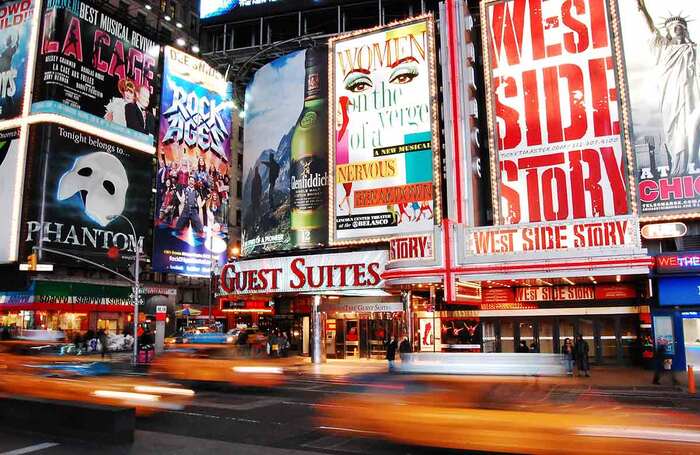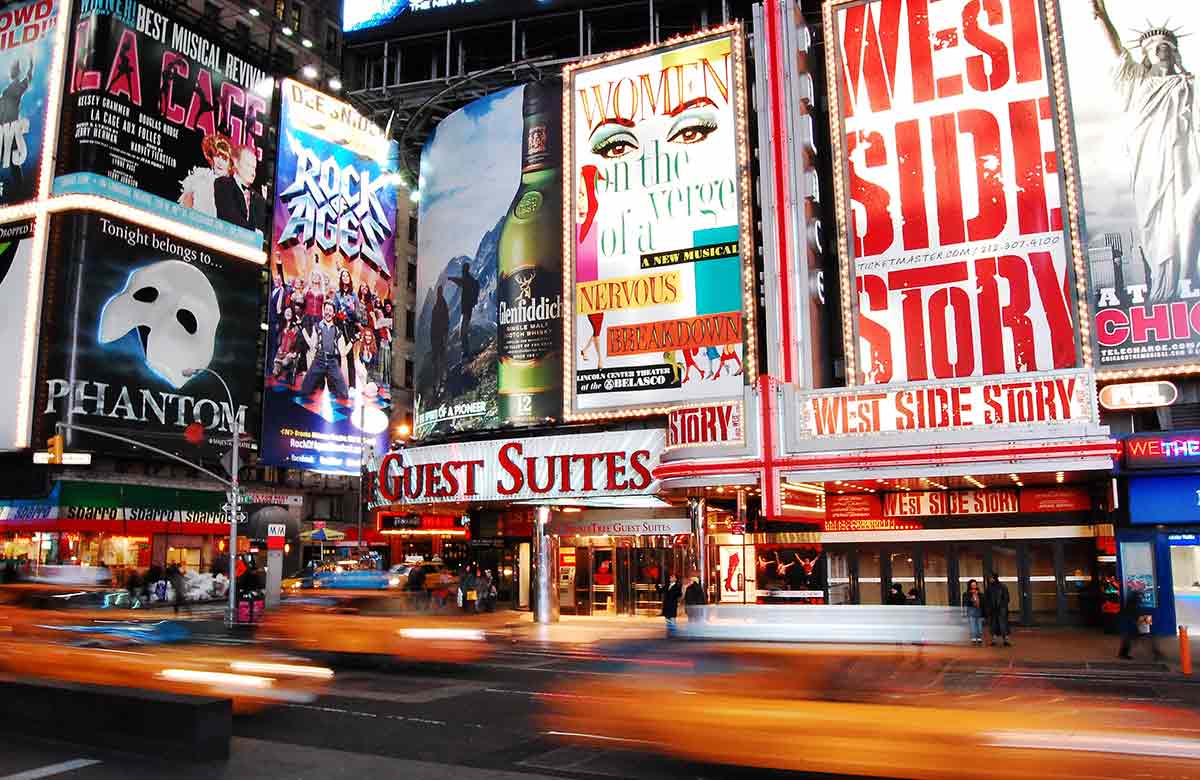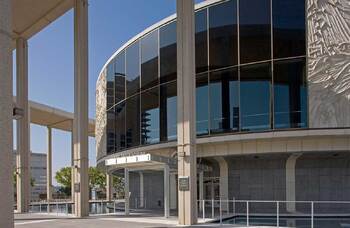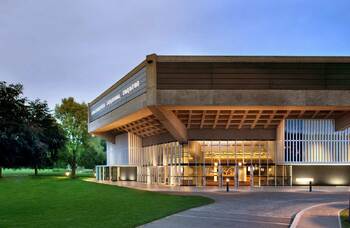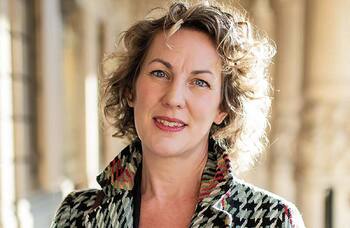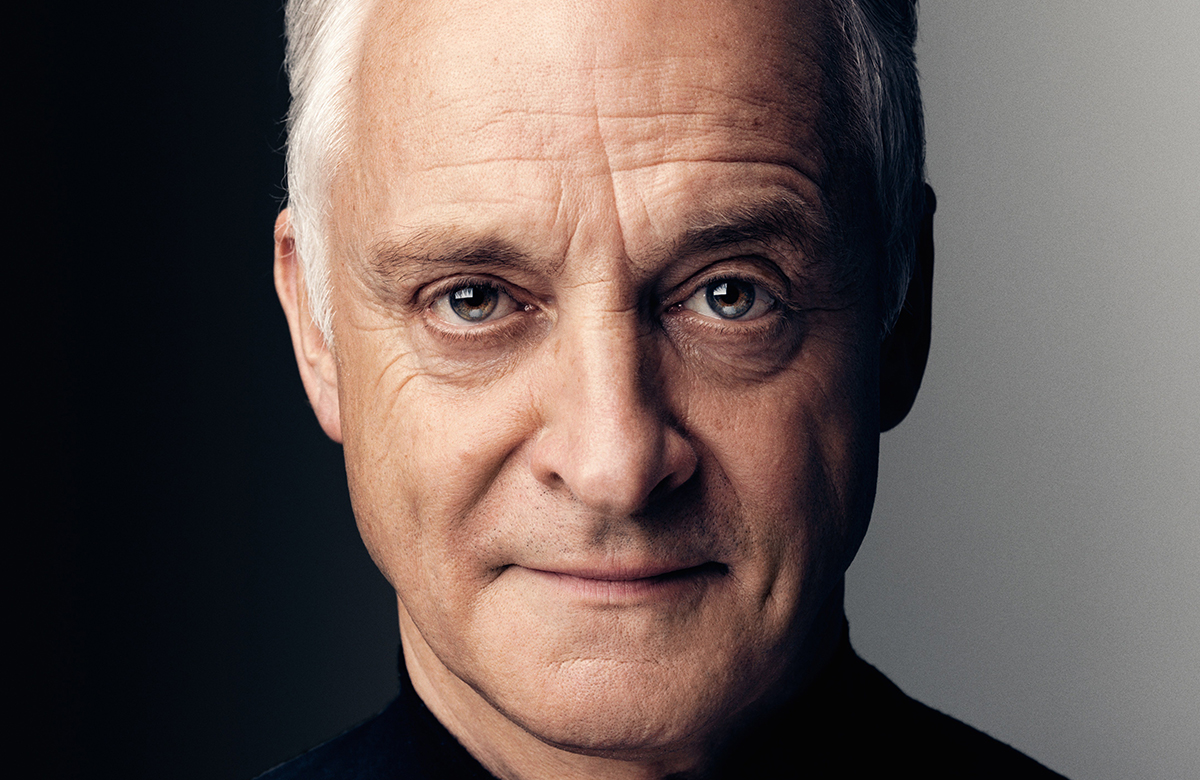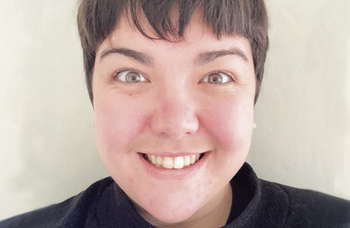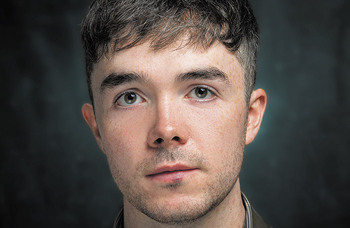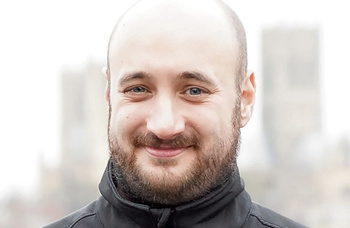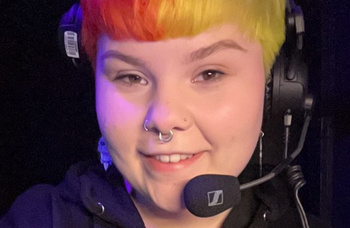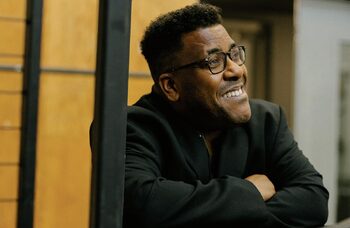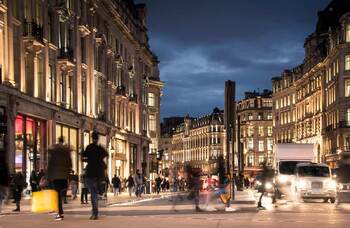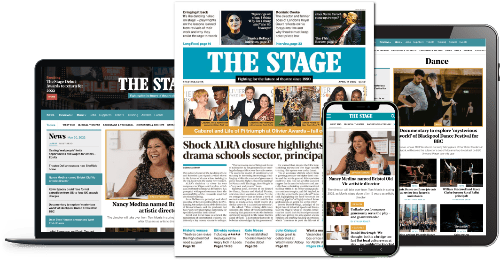US theatre is in crisis – but is it time to concede or reboot?
A month ago, while there were reports of US theatres closing, suspended seasons and trimmed-back production, the word ‘crisis’ was not yet in vogue.
Writing about the Center Theatre Group’s decision not to produce a season for 2023-24, Jessica Gelt at the Los Angeles Times was likely the first significant arts journalist to declare a crisis, on June 17, followed on July 1 by LA Times critic Charles McNulty wondering whether the theatregoing habit was broken. On July 6, Peter Marks at the Washington Post wrote that theatre was in freefall. The New York Times then called for government intervention on July 19 in Isaac Butler’s op-ed, followed by a reported story on the print edition’s front page by Michael Paulson on July 24. That was the same day that American Theatre magazine published an overview, which appeared with six bylines, including a list of some 30 theatres (or theatre initiatives) that have shut down since the pandemic.
Now there’s a consensus about the fact that there is a crisis in US theatre. But no one agrees on what caused it, let alone what to do about it.
Factors contributing to the crisis? The steady decline of subscription bases for institutional theatres. The late-arriving installation of a diverse range of arts leaders. A repertoire that had begun to move towards gender parity but was still rooted in white, Eurocentric texts. The wholly unexpected lockdowns and the shuttering of public gathering places. Workplaces where safety and economic inequity had long gone unaddressed. Ticket prices that rose too high. Endowment funds released to cover operating expenses above and beyond investment earnings.
More? Funders shifting their priorities away from the arts to put more resources into social needs. The decline in newspapers as sources of cultural information and an increased focus on maximising profit. The lurch in advertising from legacy media to social media and then a decline in online advertising. The rise of streaming services offering massive amounts of entertainment in the comfort of one’s home at minimal expense. You name it, it’s probably a factor.
So, now what happens?
Some of these questions are being asked in other parts of the entertainment field. Yes, Barbenheimer was a pop-culture phenomenon, but it’s unlikely to signal a trend: moviegoing, live music and mainstream TV have been having trouble as well.
For theatres, there may be those who see this state of affairs as a temporary aberration brought on by the pandemic, or a delayed reaction staved off by government grants. But, as some now wonder, did American audiences discover other pastimes that make returning to theatre less compelling – substituting pickleball for Pippin and TikTok for once upon a time?
With more government support, as Butler suggests, will theatres be able to right themselves? Perhaps, but the American government has rarely made the arts a high priority, and no one knows how much will be needed and for how long. Will the new generation of artistic leaders be able to institute programming that draws in a new and engaged audience, or will the fight against declining bank balances stymie their ambitions?
The performing arts has never properly made the case for itself; it has been defined primarily by its most popular work rather than by a cogent statement of tangible value. A crisis is a lousy time to rebrand because it smacks of desperation and need. All those decades of selling theatre as good for you, a community asset and investment, as an entertainment bargain, haven’t served us well now that a tectonic shift has knocked everyone sideways.
At heart, theatre serves two goals, and the challenge is finding the balance between them – offering artists the opportunity for expression while still providing audiences with experiences they wish to see. Serve one at the expense of the other, and we risk making work appreciated more by those within the industry itself and a narrow band of aficionados; favour the other, and we chase sales over advancing the form, which even movies struggle to do, despite greater resources (current strikes notwithstanding).
To exist at scale, artists must lead audiences, since audiences may not be able to articulate all they might enjoy and appreciate if it’s something they’ve never seen before. After all, was anyone clamouring for a rap version of the life of Alexander Hamilton until it existed? But get too far ahead of audiences, and the risk is revolt, a recapitulation of the elitism vs populism argument that is devastating US society. It’s also essential that no theatre thinks simply of the audience, but of a multiplicity of audiences, each of which may need differing forms of communication and indeed of art to engage them.
As theatres are forced into The Great Pause of 2023, from which some are already absent and others may not return, it’s essential that past performance is not, as investment advisers say, any predictor of future performance. Maybe The Great Pause must become The Great Reset – and for America’s institutional theatres, perhaps we’re back where we were in the 1960s, and it’s time to start over, determined not to repeat the mistakes of the past.
This week in US theatre
Best known for her decade on TV’s Cheers, Rhea Perlman plays the title role in Let’s Call Her Patty, Zarina Shea’s story of an Upper West Side woman forced to step outside her comfort zone by a family crisis. Margot Bordelon directs the production opening Monday at Lincoln Center Theater’s LCT3 space.
A Dolly Parton musical was inevitable, and Bruce VIlanch, Tricia Paoluccio and Gabriel Barre have cooked up Here You Come Again, the story of the beloved singer, using songs she wrote, with Paoluccio playing Parton and Barre directing and choreographing. The show reopens Goodspeed at Chester, the second stage of Goodspeed Musicals, after three dark seasons. The show has already played several other venues including Delaware Theatre Company and Casa Mañana in Texas. It opens in Connecticut on Sunday.
The Half-God of Rainfall, Inua Ellams’ mélange of Greek myths, Yoruban culture and basketball, makes its New York debut in a co-production with the American Repertory Theatre of Cambridge. Taibi Magar directs the production at New York Theatre Workshop, opening Monday.
Joining the subgenre of musicals that feature flying vehicles (in the wake of such examples as Chitty Chitty Bang Bang and Aladdin), Back to the Future lands on Broadway on Thursday, with Roger Bart reprising his West End Role as Doc Brown, joined by Casey Likes as Marty McFly. The book is by screenwriters Bob Gale and Robert Zemeckis, with music by Alan Silvestri and lyrics by Glen Ballard. John Rando directs.
Opinion
Recommended for you
Advice
Recommended for you
Most Read
Across The Stage this weekYour subscription helps ensure our journalism can continue
Invest in The Stage today with a subscription starting at just £7.99
 Howard Sherman
Howard Sherman